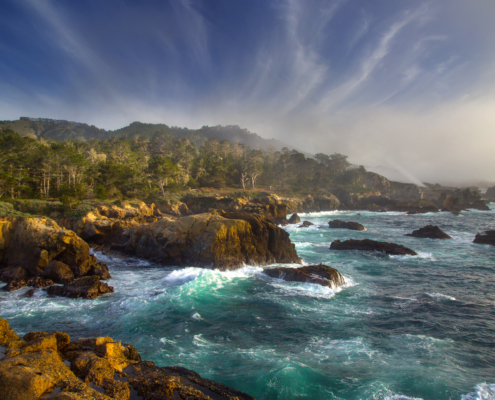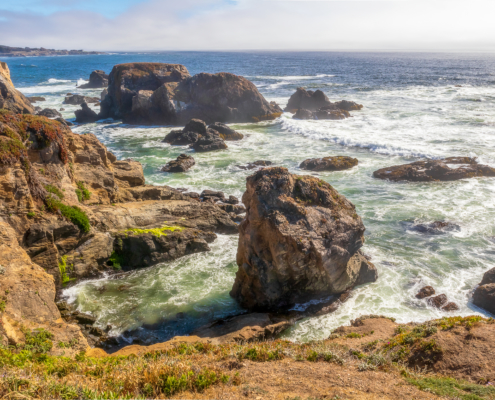Resilient Coastal Governments and Communities
The Need
Limited funding sources exist worldwide to help communities build capacity to respond to public health and on-the-ground impacts of climate change. Many existing climate resilience-focused funding sources lack flexibility, focus support on infrastructure and capital projects, and often do not allow for the allocation of funds to early phases of planning. Developing and implementing solutions will require joint action and collaboration at the community level and across jurisdictions, agencies, and partners, highlighting a need to increase funding for inclusive, science-based coastal resilience planning and
piloting.
Our Solution
There is an opportunity to pilot and implement public-private partnerships and blended funding mechanisms to support coastal resilience planning and projects at all scales, from local to national.
Coastal Quest is working with partners to build the capacity of community groups and local government to fund and plan for community-driven coastal climate resilience.
Click below, to learn more about how we are doing this in each of these regions:



